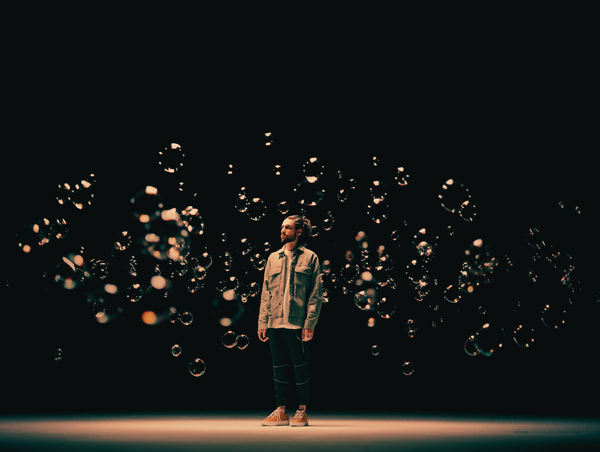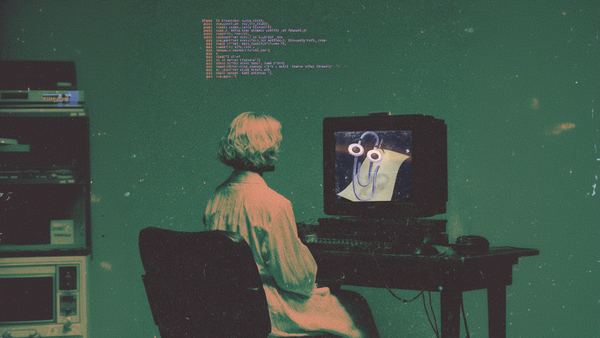After decades of swiping, scrolling, and staring at screens, the way we interact with technology in the future is set to be very different. As AI grows more conversational, brands are faced with a new challenge in how they communicate, that is how they sound. What happens to brand identity when voice, not images becomes the primary interface?
This topic was a thread from a conversation I had with Rosh Singh, chief executive at the immersive studio Astral City, about Big Tech’s growing investment in spatial computing, and glass more specifically.
“We've come through decades and decades of user interface, design and iterations, and development of what UI looks like. But we're at the precipice now of a moment where voice is going to be the next UI and understanding voice is going to be super important,” Rosh tells me.













